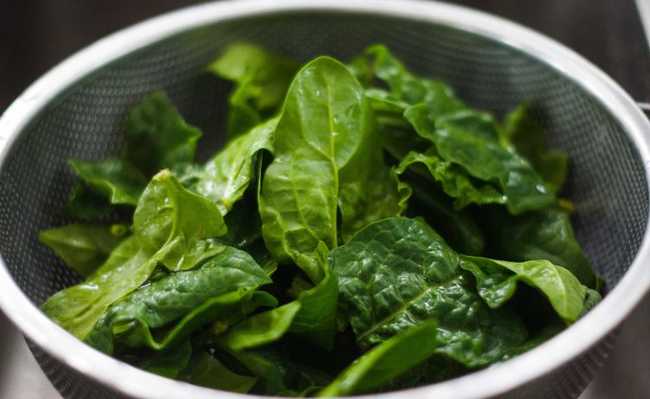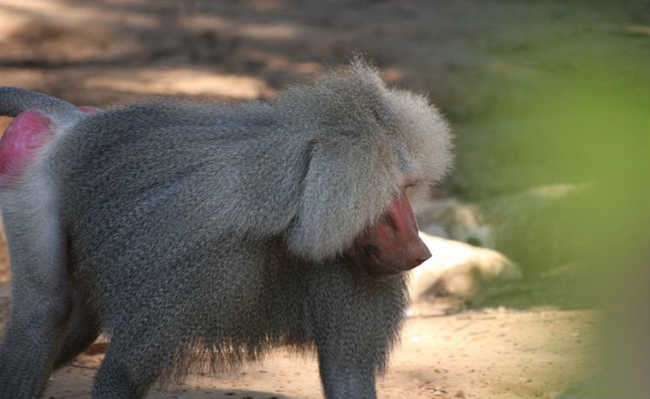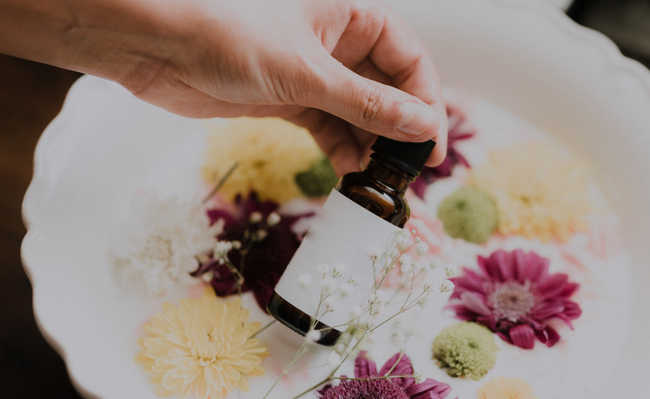Meet Manuka Honey
Methylglyoxal is a substance present in Manuka honey and has a bactericidal function

Avenue, Manuka flowers and native bee, CC BY-SA 3.0
Manuka honey originates from the Manuka flower, found in New Zealand and Australia. All types of honey are beneficial to human health as they contain hydrogen peroxide, but Manuka honey contains a special active. The antibacterial activity of Manuka honey has long been known as the Original Manuka Factor (A F the acronym in English), which is a way of measuring its ability to kill bacteria and viruses. Scientific researches have proven that the active methylglyoxal (MGO) is responsible for this. It is a component that arises in the organism of plants, animals and humans from the presence of glucose and is produced to ensure the health of cells.
Professor Dr Thomas Henle of the University of Dresden in Germany said in 2008 that "research demonstrates, without any sign of ambiguity, that methylglyoxal is directly responsible for the antibacterial activity of Manuka honey".
Samples of 60 types of Manuka honey were tested by Prof. Henle and his team. Methylglyoxal concentrations in this type of honey range from 189 to 835 mg/kg of honey. The minimum value for bactericidal activity is 100 mg/kg - symbolic concentration also present in chocolate and coffee. When in amounts above 400 mg, it is proven to be a powerful agent against classical antibiotic-immune bacteria and viruses.
Molecules of these substances have shown high activity against bacteria of the streptococcus. this type and the staphylococci they live in our skin and nose without causing any kind of problem, the only one however occurs when the immune system is weakened, at which time they can cause skin infections and, in individuals with really compromised immunity, they can be lethal. THE Staphylococcus aureus is a bacterium of this type, resistant to several antibiotics such as methicillin, being considered a superpathogenic. People who take antibiotics too often and wrongly are susceptible to this kind of ailment.
Methylglyoxal molecules have demonstrated efficacy against bacteria of the type streptococci, like H. pylori (causing of intestinal ulcers), E. coli and others resistant to drugs. Studies have shown that pre-treatment with the substance prevented gastric damage in rats that were given caustic agents that bother the lining of the stomach, causing so-called peptic ulcers - sores in the inner lining of the esophagus, stomach and duodenum.
Methylglyoxal is a compound formed naturally in the nectar of the Manuka flower, which is collected by bees and transferred to honey, becoming stable, resistant to light and heat, and to enzymatic activities and bodily fluids, such as our saliva and gastric juice. .
All honey has some bactericidal quality, thanks to the formation of hydrogen peroxide; however, it quickly dissolves when it comes into contact with the human body, which does not occur with methylglyoxal.
In the table below, we can see the relationship of methylglyoxal levels and its benefits:
| Methylglyoxal | Benefits of Manuka Honey | Active |
|---|---|---|
| 30+> | Non-relevant activity levels | 5+> |
| 100+ | Some level of activity, used for general well-being | 10+ |
| 250+ | Bactericidal activity useful for disease prevention and well-being | 15+ |
| 400+ | Active methylglyoxal used in digestive ailments | 20+ |
| 550+ | Superior activity of methylglyoxal used for topical application | 25+ |
It is useful as an antibacterial and antiseptic ointment on cuts, dermatitis, burns, and insect bites. This is your topical use. When administered orally, the natural probiotic properties are manifested, its carbohydrates act in the large and small intestines, stimulating the proliferation of healthy bacteria that clean toxins, preventing diseases such as ulcerative colitis, irritable bowel syndrome, Crohn's disease and, ultimately, instance, cancer.
Drinking manuka honey daily is an excellent measure. Manuka flower pollen is also very rich in vitamins and minerals essential for health and can be consumed early in the morning.
Rickets is a disease caused by the lack of vitamin D in the body, which compromises the absorption of calcium and the body's development during childhood is impaired: honey can provide nutrients to combat this. It also helps in scarring and even sore throat.
cava
The Maori people, native to New Zealand, highly value their precious natural resources; unlike their neighboring country, Australia, they have lush forests without so many venomous and dangerous animals. And there, another very beneficial and easy-to-find natural resource is the kava leaf, or kava kava (Piper methysticum).
Native people used a drink made from it, which today can be found in capsules. It is a good anxiolytic (anxiety reducer) with beneficial effects from the first administrations. It provides relief for a wide spectrum of tensions, from insomnia caused by isolated episodes of stress to Generalized Anxiety Disorder (GAD), which is a chronic nervous state. The used part of the plant is the rhizome or the dehydrated roots. Thanks to studies such as those carried out at the University of Melbourne, its efficiency was proven, just like that of benzodiazepine drugs (most of those found on the market), as its active compound is benzoic acid. The advantage is that it doesn't have the typical side effects or risk of addiction. The only problems with it relate to overdose.
Like Manuka honey, kava leaf is a good healing agent and can be used directly on wounds.
In summary, Manuka honey acts on the bacteria responsible for sore throats and tonsillitis; its properties neutralize free radicals, responsible for cell aging. The anti-inflammatory qualities are effective from its action against pain in the eyes, nose and ears, to sunburn, ringworm and acne. Remember that it is always recommended to consult a doctor and ask him about the use of the product.










